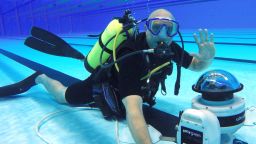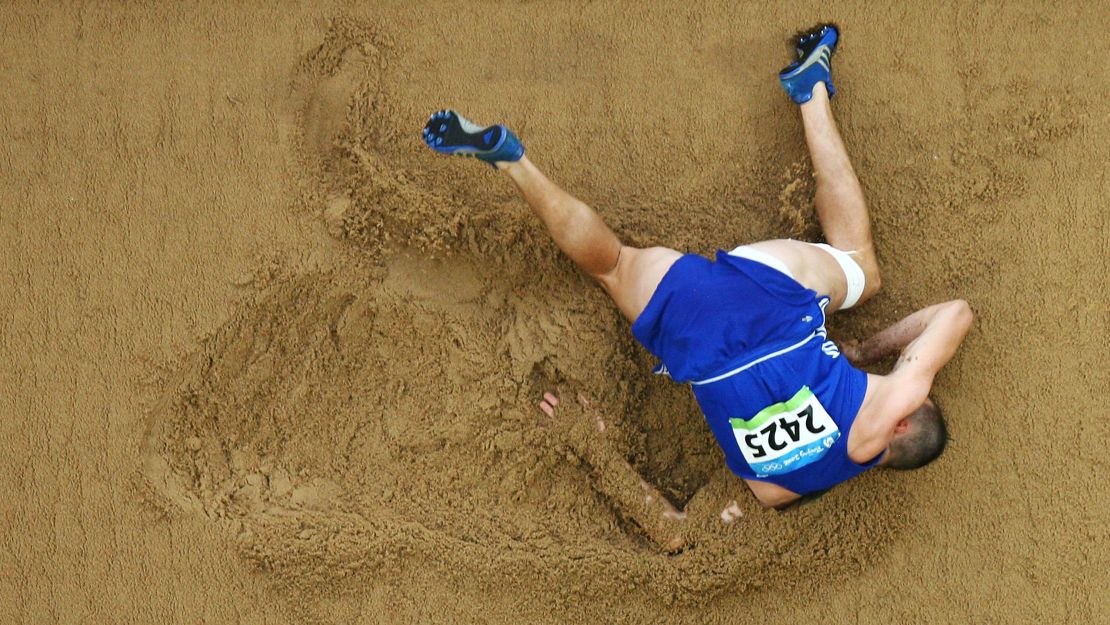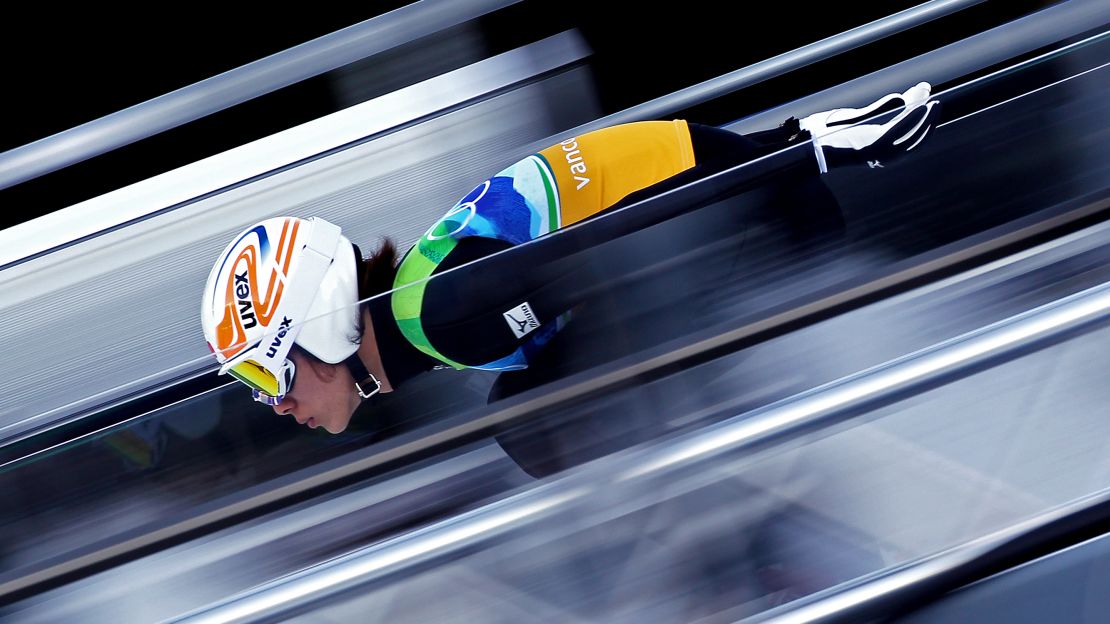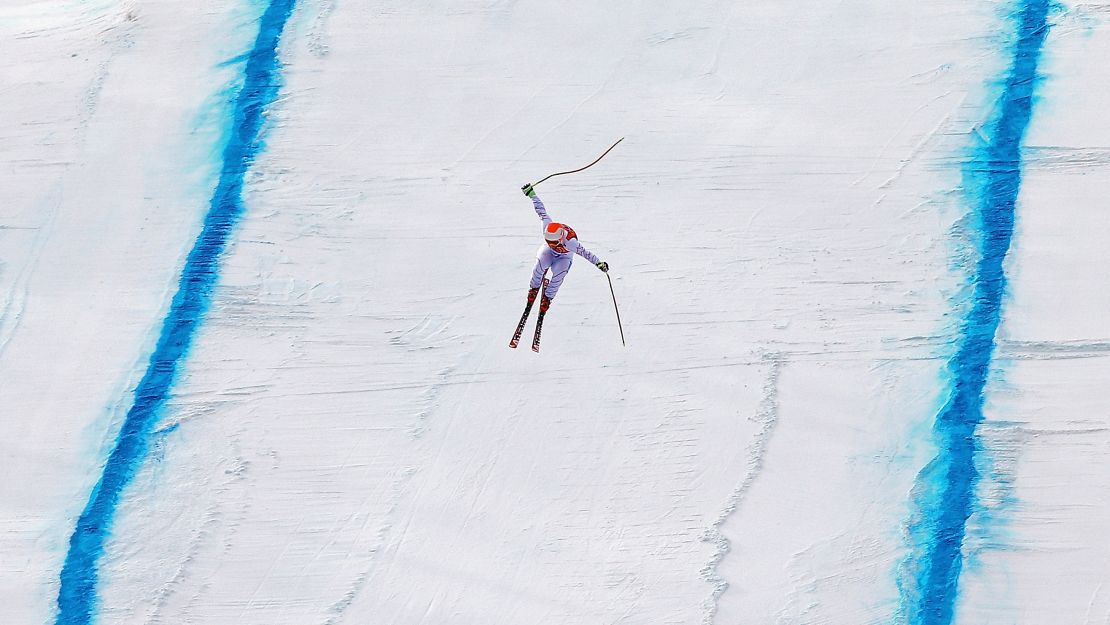Story highlights
Photographer Al Bello is covering his 11th Olympic Games
He's focusing this year on the aquatic events such as swimming and diving
Every four years, we witness the world’s athletes do what they do better than anyone else – balance on beams with the utmost precision, cross finish lines in the blink of an eye and glide through waters with sheer power.
But there are also other talents on display – the incredible artistry showcased by photographers such as Al Bello.
Bello is no stranger to the Olympics. He’s been to numerous Winter and Summer Games, and this year marks his 11th trip. In Rio de Janeiro, he is focusing his lens solely on water sports such as swimming and diving.
“Television is better than ever as far as bringing sports into the living room of the viewer,” Bello said. “But there are moments that TV doesn’t catch, and as a photographer on the field, you do see things that their cameras aren’t pointing to.”
The Getty Images photographer, along with his colleagues Adam Pretty and Clive Rose, is shooting both on the ground and underwater.

“It’s a very time-consuming, tedious operation to get things correct,” Bello said of the underwater photography. “There’s a lot of setup way, way, way ahead of time.”
With preparations complete and cameras, cords and computers finally in place, Bello says that’s when the fun part comes in. He can work on what he likes to do best, which is make photographs.
When I asked Bello about one of his images from Monday, though – the first photo in the gallery above – I learned there are some things not even a 23-year veteran photographer can prepare for or control.
“We were having all kinds of problems,” Bello said about the photo, which shows synchronized divers splashing into the water. “We spent lots and lots of money to try and get the underwater equipment do the best job we can, and then it’s all out of our hands because the pool is green and cloudy. It was a miracle actually that I got a picture like that (Monday) because most of my pictures look like I was shooting through milk.”
Despite the rapidly transforming hues of the water – which Olympic officials said went from bright blue to dark green likely because of a chemical imbalance – Bello points out that somehow the image came together in the end.
“I put my camera where I wanted, where I thought they were going to fall, and they fell right there,” he said. “That also happened to be the gold-medal team, so it worked out really well for us story-wise because I was able to shoot the gold medalists in that position.”

Bello says covering the Olympics can be pretty grueling at times. Downhill skiing at the Winter Games, for instance, takes a lot of out of him.
“You’ve got to put on skis, get up on the mountain with the other Olympic athletes and ski the same mountain as them,” he said. “You need to carry a lot of lenses and weight on your back, so getting up and down the mountain is challenging. You’ve got the weather to deal with.”
Bello’s images are a testament to his love for his craft and his dedication to capturing some of the greatest moments in sports. And no matter what he’s photographing, he always has three things in mind.
The background, he says, needs to be clean and uniform, with nothing distracting going on. He also thinks about where his light source is coming from. Is it natural, from the sun? Or is it arena lighting? And finally comes composition, as Bello frames and visualizes what he’d like to get in his pictures.

Bello didn’t pick up photography until the end of college. Before that, he did everything you can possibly imagine: he roofed houses, worked in a video store, waited tables at a steakhouse and even went into construction. When his hands finally grasped a camera, “it was sports mostly all the time.”
He said he now looks at sports differently.
“Live on the field, you can see how fast athletes are or how powerful they are,” he said. “You can get a real feel for – when you’re up close – how big and dynamic and graceful and beautiful (athletes are), and just the vibe of whatever sport you’re shooting – whether it’s a violent sport like boxing, whether it’s a graceful sport like gymnastics.”
The photographer has experienced lots of changes over the years, in the realm of both sports and photography. There are more rules and restrictions in place today, as well as more advanced technologies.
“These days with the quality of the cameras that we use, it makes a very bad photographer bad, a very average photographer good, and a great photographer astounding,” Bello said.

So far in Rio, Bello has photographed world-renowned athletes and new world records. But that’s only part of the fun for him.
“I truly enjoy working with my peers more than anything, and that’s what I look forward to most,” he said.
Bello, who will be in Rio for the duration of the Games, says it all comes down to one thing.
“If, at the end of every Olympics, you look at yourself in the mirror and if you can honestly say, ‘I have given 100% of everything inside of me,’ then there’s nothing else to say,” he said. “Don’t be afraid to fail trying photographs at the Olympics because that’s what it’s all about – taking risks, and succeeding.”
Al Bello is a sports photographer based in New York and represented by Getty Images. You can follow him on Instagram and Twitter.
















